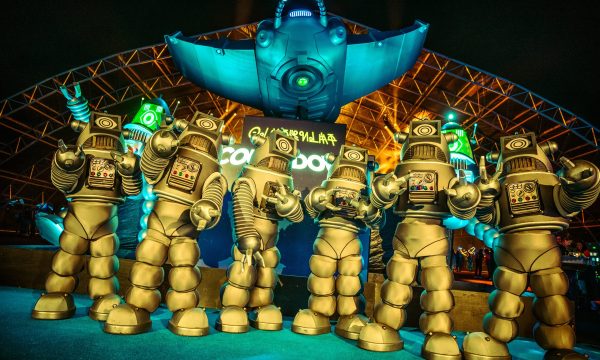Lately, it seems as though there has been a lot of ‘Space’ driven news. And you’re right. NASA has yet another discovery announcement: NASA’s Kepler mission announced Wednesday the discovery of 715 new planets. These newly-verified worlds orbit 305 stars, revealing multiple-planet systems much like our own solar system.
Nearly 95 percent of these planets are smaller than Neptune, which is almost four times the size of Earth. This discovery marks a significant increase in the number of known small-sized planets more akin to Earth than previously identified exoplanets, which are planets outside our solar system.
“The Kepler team continues to amaze and excite us with their planet hunting results,” said John Grunsfeld, associate administrator for NASA’s Science Mission Directorate in Washington. “That these new planets and solar systems look somewhat like our own, portends a great future when we have the James Webb Space Telescope in space to characterize the new worlds.”
Since the discovery of the first planets outside our solar system roughly two decades ago, verification has been a laborious planet-by-planet process. Now, scientists have a statistical technique that can be applied to many planets at once when they are found in systems that harbor more than one planet around the same star.
To verify this bounty of planets, a research team co-led by Jack Lissauer, planetary scientist at NASA’s Ames Research Center in Moffett Field, Calif., analyzed stars with more than one potential planet, all of which were detected in the first two years of Kepler’s observations — May 2009 to March 2011.
The research team used a technique called verification by multiplicity, which relies in part on the logic of probability. Kepler observes 150,000 stars, and has found a few thousand of those to have planet candidates. If the candidates were randomly distributed among Kepler’s stars, only a handful would have more than one planet candidate. However, Kepler observed hundreds of stars that have multiple planet candidates. Through a careful study of this sample, these 715 new planets were verified.
Now the question is, are we not alone in the universe? Will any of these solar systems allow for human or animal-like creatures?














